Bir projeyi bitirdikten sonra arta kalan LED şeritlerle ne yapacağınızı mı merak ediyorsunuz? Küçük alanları aydınlatmaktan dekoru iyileştirmeye kadar, bu ekstra şeritler pratik ve estetik aydınlatma çözümlerine dönüştürülebilir. Gelin bunları etkili bir şekilde yeniden kullanmanın yaratıcı yollarını keşfedelim.
Artan LED şeritleri rafların altı, TV'lerin arkası gibi küçük alanlarda veya mobilya ve sanat eserleri için vurgulu aydınlatma olarak kullanarak yeniden değerlendirin. Bu şeritler, malzeme israfına yol açmadan ambiyans ve işlevsellik katar.
Artık LED şeritlerden en iyi şekilde yararlanmanıza yardımcı olacak pek çok yaratıcı fikrimiz var. Beklenmedik yerlere nasıl yeni ışık getirebileceklerini keşfetmek için okumaya devam edin!
Artık LED Şeritlerini Anlama
LED Şeritlerin Temelleri
LED şerit ışıklar çeşitli alanlar için esnek bir aydınlatma çözümü sunar. Her biri benzersiz özelliklere sahip farklı LED şerit türleri bulabilirsiniz. Bazı LED şeritler su geçirmez kaplamalara sahiptir, bu da onları dış mekan kullanımı için mükemmel hale getirir. Diğerleri ise renk değiştirme özelliği sunarak her odaya dinamik bir dokunuş katar. Her tür belirli bir amaca hizmet eder, bu nedenle seçenekleri anlamak ihtiyaçlarınız için doğru olanı seçmenize yardımcı olur.
Artık LED şeritler genellikle bir proje için gereken uzunluğun fazla hesaplanmasından kaynaklanır. Bazen bir proje hassas kesimler gerektirir ve küçük bölümler kullanılmadan bırakılır. Bu artık parçalar önemsiz görünebilir, ancak yaratıcı yeniden kullanım için potansiyel taşırlar. Bu şeritleri yeniden kullanmak küçük alanları dönüştürebilir ve evinize benzersiz bir ambiyans katabilir.
Teknik Yönler
LED şeritlerin güvenli bir şekilde kesilmesi, ışıkların düzgün çalışmaya devam etmesini sağlar. Çoğu LED şeridinde makas simgesiyle işaretlenmiş kesme çizgileri bulunur. Devreye zarar vermemek için her zaman bu çizgiler boyunca kesmelisiniz. Doğru kesim, şeridin her santimini israf etmeden kullanmanızı sağlar.
Artık LED şeritlere güç sağlamak, kaynak gereksinimlerini anlamayı gerektirir. Birçok LED şerit düşük voltajla çalışır, bu da onları güvenli ve kolay çalıştırılabilir hale getirir. Daha çok yönlü kurulumlar için USB'den güç alan şeritleri AC gücüne dönüştürebilirsiniz. Bu esneklik, artık şeritleri hem iç hem de dış mekanlarda çeşitli ortamlarda kullanmanıza olanak tanır.
Lokasyona Göre Yaratıcı Uygulamalar
Dış Mekanların Aydınlatılması
Teras Aydınlatma Fikirleri
Terasınızı artık LED şeritlerle dönüştürün. Terasınızın kenarlarını sıcak LED şerit ışıklarla kaplayarak rahat bir atmosfer yaratın. Derinlik ve ilgi katmak için bitkileri veya dış mekan mobilyalarını vurgulayın. Su geçirmez LED şeritler, dış mekan ortamları için en iyi sonucu verir. Farklı durumlara veya ruh hallerine uyması için renk değiştiren şeritler bile kullanabilirsiniz.
Balkon Dekoru İlhamı
Balkonlar genellikle uygun aydınlatmadan yoksundur. Bu sorunu yaratıcı bir şekilde çözmek için LED şeritleri kullanın. Yumuşak bir parıltı oluşturmak için şeritleri balkon korkuluklarının altına takın. Saksı bitkilerini aydınlatın veya bir ışık perdesi için şeritleri dikey olarak asın. Bu kurulum sadece estetiği geliştirmekle kalmaz, aynı zamanda gece boyunca güvenliği de artırır.
İç Mekan Ambiyansını İyileştirme
Raf Altı Aydınlatma Konseptleri
LED şeritler raf altı aydınlatma için şık bir çözüm sunar. Tezgahları aydınlatmak için mutfak dolaplarının altına şeritler takın. Bu kurulum yemek pişirmeyi kolaylaştırır ve modern bir dokunuş katar. Oturma odalarında, dekoratif öğeleri vurgulamak için kitap raflarının altında LED şeritler kullanın. İnce parıltı rahat bir okuma köşesi yaratır.
Mobilya Arka Aydınlatma Önerileri
Mobilya arka aydınlatması sıradan parçaları odak noktalarına dönüştürür. Sinematik bir etki için TV'lerin arkasına LED şeritler takın. Bu teknik göz yorgunluğunu azaltır ve izleme deneyimini geliştirir. Yatak odalarına şıklık katmak için aynaların veya yatak başlıklarının arkasında şeritler kullanın. Hafif ışık, gevşemek için mükemmel olan rahatlatıcı bir ortam yaratır.
Uzunluğa Göre Yaratıcı Uygulamalar
Kısa LED Şeritlerin Uyarlanması
Küçük Alanların Vurgulanması
Kısa LED şeritler küçük alanlarda harikalar yaratabilir. Bu şeritleri dar köşeleri veya küçük rafları aydınlatmak için kullanabilirsiniz. Bir mutfak dolabının altına kısa bir LED şerit yerleştirdiğinizi düşünün. Bu kurulum sadece tezgahı aydınlatmakla kalmaz, aynı zamanda modern bir dokunuş katar. Kısa şeritler çekmecelerin veya dolapların içine de mükemmel uyum sağlar. Bu, ana ışığı açmadan eşyaları bulmayı kolaylaştırır.
Dekor Detaylarını Vurgulama
Kısa LED şeritler evinizdeki dekor detaylarını vurgulayabilir. Bunları resim çerçevelerinin veya sanat eserlerinin etrafında kullanmayı düşünün. Işık dikkat çeker ve bir odak noktası oluşturur. Aynaların etrafına da kısa şeritler yerleştirebilirsiniz. Bu, şık bir dokunuş katar ve bakım için ekstra aydınlatma sağlar. Kısa LED şeritler dekoru zenginleştirmek için sonsuz olanaklar sunar.
Uzun LED Şeritlerini En Üst Düzeye Çıkarma
Geniş Alanların Aydınlatılması
Uzun LED şeritler geniş alanları aydınlatmak için mükemmeldir. Ortam aydınlatması oluşturmak için bu şeritleri tavan veya zemin boyunca uzatabilirsiniz. Bu yaklaşım oturma odalarında veya koridorlarda iyi sonuç verir. Uzun şeritler ayrıca büyük mobilya parçalarının ana hatlarını çizebilir. Bu, odaya derinlik ve boyut katar. Uzun LED şeritleri açık havada bile kullanabilirsiniz. Yolları veya bahçe sınırlarını aydınlatarak büyülü bir atmosfer yaratabilirler.
Dinamik Efektler Oluşturma
Uzun LED şeritler dinamik aydınlatma efektleri oluşturmanızı sağlar. Sinematik bir deneyim için bunları TV'lerin arkasına monte edebilirsiniz. Işık, izleme atmosferini geliştirir ve göz yorgunluğunu azaltır. Uzun şeritler yatak başlıklarını arkadan aydınlatmak için de işe yarar. Bu, yatak odalarında rahatlatıcı bir ortam yaratır. Özel günler için renk değiştiren şeritleri bile kullanabilirsiniz. Dinamik efektler heyecan katar ve her alanı dönüştürür.
LED Şeritlerin Güvenle Yeniden Kullanılması
Devre Hasarının Kontrol Edilmesi
LED şeridinizin mükemmel çalıştığından emin olmak istiyorsunuz, değil mi? Devrede herhangi bir hasar olup olmadığını kontrol ederek başlayın. Kırık bağlantılar veya yanmış alanlar olup olmadığına bakın. Hasarlı bir devre titremeye veya tamamen arızaya neden olabilir. Kontrol sırasında LED şeridi nazikçe tutmalısınız. Şeridi çok fazla eğmekten veya bükmekten kaçının.
LED şeridin bir multimetre ile test edilmesi sürekliliğin kontrol edilmesine yardımcı olur. Multimetre, devreden elektrik geçip geçmediğini gösterir. Multimetre akışın olmadığını tespit ederse, o bölümü değiştirmeniz gerekebilir. Kurulumdan önce test etmek zamandan ve hayal kırıklığından tasarruf sağlar.
Aşırı Yükleme Sorunlarından Kaçınma
Aşırı yükleme LED şeridinize zarar verebilir. Güç gereksinimlerini anlamak bu sorunu önler. LED şeridinizin voltaj ve akım değerlerini kontrol edin. Güç kaynağının bu değerlere uygun olduğundan emin olun. Daha yüksek değerlere sahip bir güç kaynağı kullanmak aşırı ısınmaya neden olabilir.
Bir güç kaynağına çok fazla LED şerit bağlamak aşırı yüklenmeye neden olur. Bağlı tüm şeritler için gereken toplam gücü hesaplayın. Gerekirse şeritleri birden fazla güç kaynağı arasında bölün. Bu yaklaşım her şeyin sorunsuz çalışmasını sağlar.
Işığı yumuşatmak için bir difüzör kullanmayı düşünün. Difüzörler parlamayı azaltmaya ve hoş bir ambiyans yaratmaya yardımcı olur. Doğru difüzyon, aydınlatma kurulumunuzun güvenliğini ve konforunu artırır.
Kurulum için Pratik İpuçları
Yapıştırıcı Etkinliğinin Sağlanması
Yapışkan destek, LED şerit kurulumunda çok önemli bir rol oynar. Bu şeritlerin yerinde kalmasını istiyorsunuz, değil mi? Yüzeyi iyice temizleyerek başlayın. Toz ve kir yapışkan bağı zayıflatabilir. En iyi sonuç için yumuşak bir temizleyici ve yumuşak bir bez kullanın. Şeridi uygulamadan önce yüzeyin tamamen kurumasını bekleyin.
Montaj alanının sıcaklığını göz önünde bulundurun. Aşırı soğuk veya sıcak yapışkan gücünü etkileyebilir. Optimum sonuçlar için LED şeritleri orta sıcaklıklarda takın. Yapışkan zayıf görünüyorsa, çift taraflı bant hızlı bir çözüm sunar. Bu bant ekstra bir tutuş sağlar ve şeritleri güvende tutar.
Şeridin uzunluğu boyunca sıkıca bastırmanızı öneririz. Bu, yüzeyle eşit temas sağlar. Uygulama sırasında şeridi germekten kaçının. Esneme zamanla soyulmaya yol açabilir. Biraz sabır, düzgün ve kalıcı bir kurulum elde etmek için uzun bir yol kat eder.
Konektörleri Kullanma
Konektörler LED şeritleri birleştirmeyi çocuk oyuncağı haline getirir. Lehimleme yapmadan uzunluğu kolayca uzatabilir veya yönleri değiştirebilirsiniz. Öncelikle şerit türünüze uygun konektörleri seçin. Farklı şeritler özel konektörler gerektirir. Satın almadan önce genişliği ve pin yapılandırmasını kontrol edin.
Konektörleri kullanırken şerit uçlarını dikkatlice hizalayın. Yanlış hizalama zayıf bağlantılara ve titreyen ışıklara neden olabilir. Şeridi yerine oturana kadar konektöre takın. Güvenli bir bağlantı tutarlı bir aydınlatma sağlar.
Köşeler ve dönüşler için açılı konektörler kullanın. Bu konektörler düzgün bir ışık akışının korunmasına yardımcı olur. Şeritleri keskin bir şekilde bükmekten kaçının. Keskin kıvrımlar devreye zarar verebilir ve performansı etkileyebilir.
Konektörlerin doğru kullanımı LED projelerinizin esnekliğini artırır. Özel düzenler oluşturabilir ve bunları farklı alanlara uyarlayabilirsiniz. Yeni tasarımlar ve konfigürasyonlarla denemeler yapmanın keyfini çıkarın.
SSS
S: Artık LED şerit ışıkları yeniden kullanmanın bazı yaratıcı yolları nelerdir?
C: Artık LED şeritler dolaplar, raflar veya mobilyalar gibi küçük alanları vurgulamak için kullanılabilir. Bunları ayrıca TV'leri veya aynaları arkadan aydınlatmak, herhangi bir odaya modern bir dokunuş eklemek ve hatta teraslar ve balkonlar gibi dış mekanlarda da kullanabilirsiniz.
S: LED şerit ışıkları zarar vermeden nasıl kesebilirim?
C: LED şerit ışıkların makas simgeleriyle işaretlenmiş belirlenmiş kesme çizgileri vardır. Bu çizgilerin dışında kesim yapmak devreye zarar verebilir, bu nedenle işlevselliği korumak için önerilen noktalar boyunca kesim yaptığınızdan emin olun.
S: Artan LED şerit ışıklar açık havada kullanılabilir mi?
C: Evet, ancak açık havada kullanmayı planlıyorsanız şeritlerin su geçirmez olduğundan emin olun. Teraslara, balkonlara veya bahçe yollarına aydınlatma eklemek için mükemmeldirler ve dış mekanlar için rahat bir ortam yaratırlar.
S: LED şerit ışıklar ne tür bir güç kaynağı gerektirir?
C: Çoğu LED şerit ışık, tipik olarak 12V veya 24V olmak üzere düşük voltajla çalışır. Aşırı yüklenmeyi önlemek için uyumlu bir güç kaynağı kullanmak önemlidir ve bazı şeritler daha fazla esneklik için USB veya AC gücüyle çalışacak şekilde dönüştürülebilir.
S: LED şerit ışıklarla nasıl dinamik aydınlatma efektleri oluşturabilirim?
C: TV'lerin, aynaların veya yatak başlıklarının arkasında uzun LED şeritler kullanarak dinamik efektler oluşturabilirsiniz. Renk değiştiren LED şeritler ekstra bir heyecan katar ve özel günler veya günlük ambiyans için ortam aydınlatması oluşturmak için mükemmeldir.
S: Kalan LED şeritleri evimin dekorunu güzelleştirmek için kullanabilir miyim?
C: Kesinlikle! Resim çerçeveleri, sanat eserleri veya raflar gibi dekor detaylarını kısa LED şeritlerle vurgulayabilirsiniz. Eklenen aydınlatma, dekorasyonlarınıza dikkat çeker ve her odada bir odak noktası oluşturur.
S: LED şerit ışıkları güvenli bir şekilde monte etmenin en iyi yolu nedir?
C: Toz ve kir yapışkanı zayıflatabileceğinden şeritleri uygulamadan önce yüzeyi iyice temizleyin. Daha fazla güvenlik için, özellikle trafiğin yoğun olduğu alanlarda şeritleri yerinde tutmak için çift taraflı bant veya montaj klipsleri de kullanabilirsiniz.
S: LED şerit ışıkların mobilyalarda veya dar alanlarda kullanımı güvenli midir?
C: Evet, LED şerit ışıklar düşük voltajla çalıştıkları ve aşırı ısı üretmedikleri için genellikle mobilyalarda veya dar alanlarda kullanım için güvenlidir. Küçük alanları aydınlatmak için raf altı veya dolap altı aydınlatması için mükemmeldirler.
S: LED şerit ışıklarımın aşırı yüklenmemesini nasıl sağlarım?
C: Aşırı yüklemeyi önlemek için LED şeritlerin toplam güç tüketimini hesaplayın ve güç kaynağınızın voltaj ve akım gereksinimleriyle eşleştiğinden emin olun. Aşırı yükleme titremeye, aşırı ısınmaya ve hatta ışıkların zarar görmesine neden olabilir.
S: Yüksek kaliteli LED şerit ışıkları nereden satın alabilirim?
C: Birinci sınıf LED şerit ışıklar için, Çin'in en iyi LED şerit ışık ve LED neon flex üreticilerinden biri olan Unitop'a göz atın. Tüm yaratıcı ve işlevsel ihtiyaçlarınız için güvenilir, çok yönlü aydınlatma çözümleri sunuyoruz. Daha fazla bilgi için bugün bize ulaşın!
Sonuç
Artık LED şeritler, yaratıcı aydınlatma çözümleri için sonsuz olanaklar sunar. Küçük vurgulardan büyük kurulumlara kadar, bu şeritleri yeniden kullanmak her alana güzellik ve işlevsellik katar. LED şeritlerinizi kullanmanın yeni yollarını keşfederek yaratıcılığınızın parlamasına izin verin!
Sonuç olarak, artık LED şerit ışıklar hem iç hem de dış mekanları geliştirmek için sınırsız yaratıcı olanaklar sunar. Yüksek kaliteli, çok yönlü aydınlatma çözümleri arıyorsanız, Unitop Çin'in önde gelen üreticilerinden biri olarak LED şerit ışıklar ve LED neon flex. Kapsamlı uzmanlığımız ve yenilikçi ürünlerimizle, aydınlatma projelerinizi hayata geçirmenize yardımcı olmak için buradayız. Rehberliğe ihtiyacınız veya özel gereksinimleriniz varsa, bizimle iletişime geçmekten çekinmeyin Bize ulaşın bugün-ekibimiz ihtiyaçlarınıza göre uyarlanmış üst düzey çözümlerle size yardımcı olmaya hazır.

Tom şu anda Unitop (Çin) Co, Limited. Bir süredir LED Aydınlatma 2005'ten beri sektörde. Satış & pazarlama ve fabrika yönetimi konularında uzmandır. Vücut geliştirmeyi seviyor ve aynı zamanda çılgın bir Apple Hayranı! Çalışkan bir adamdır ve yeni şeyler öğrenmeyi ve denemeyi sever.
E-posta: tom@unitopledstrip.com WhatsApp: +86-18680307140

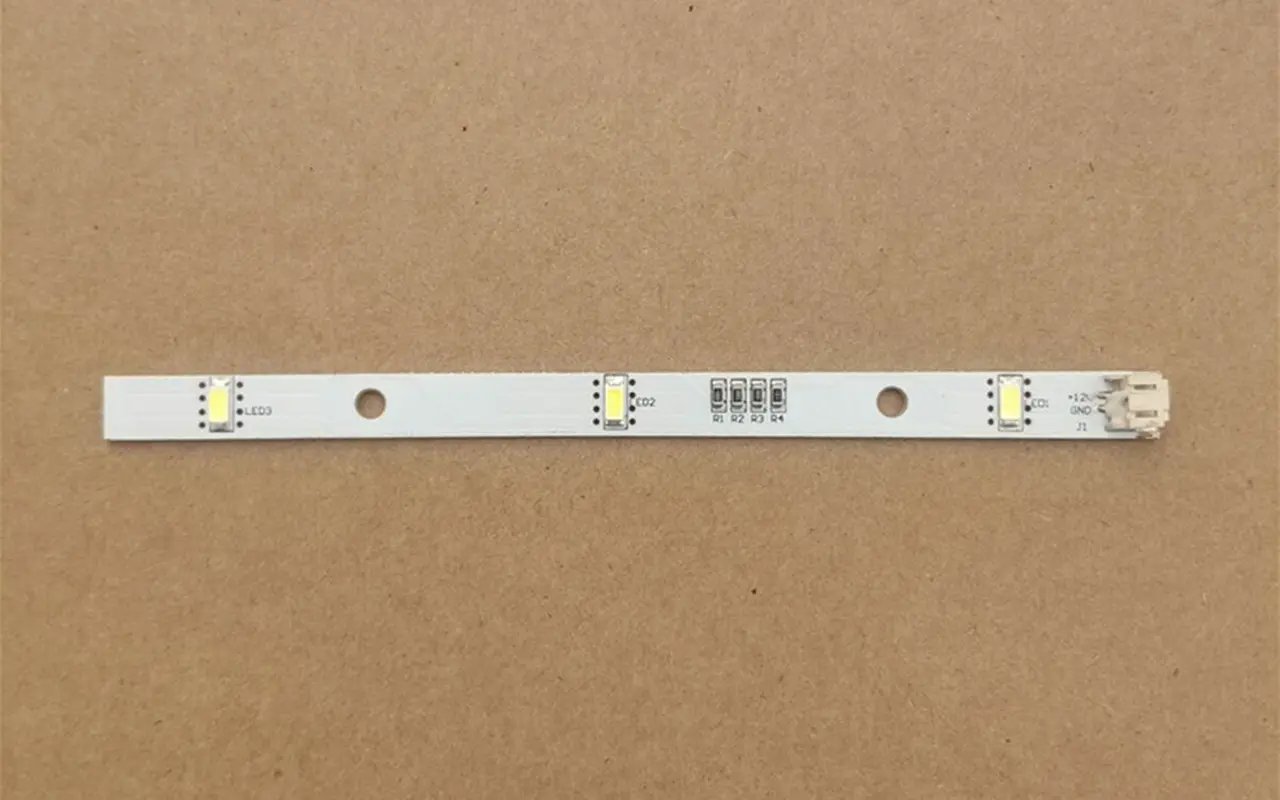
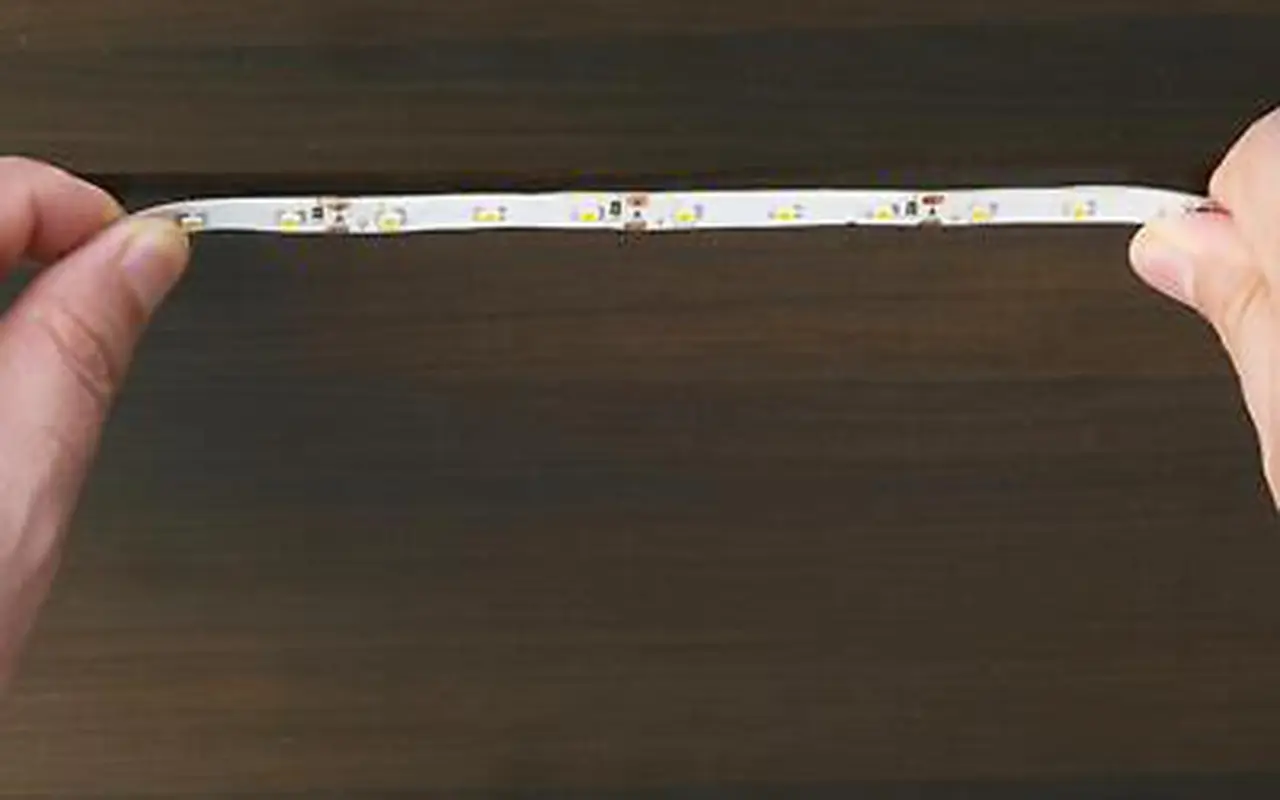
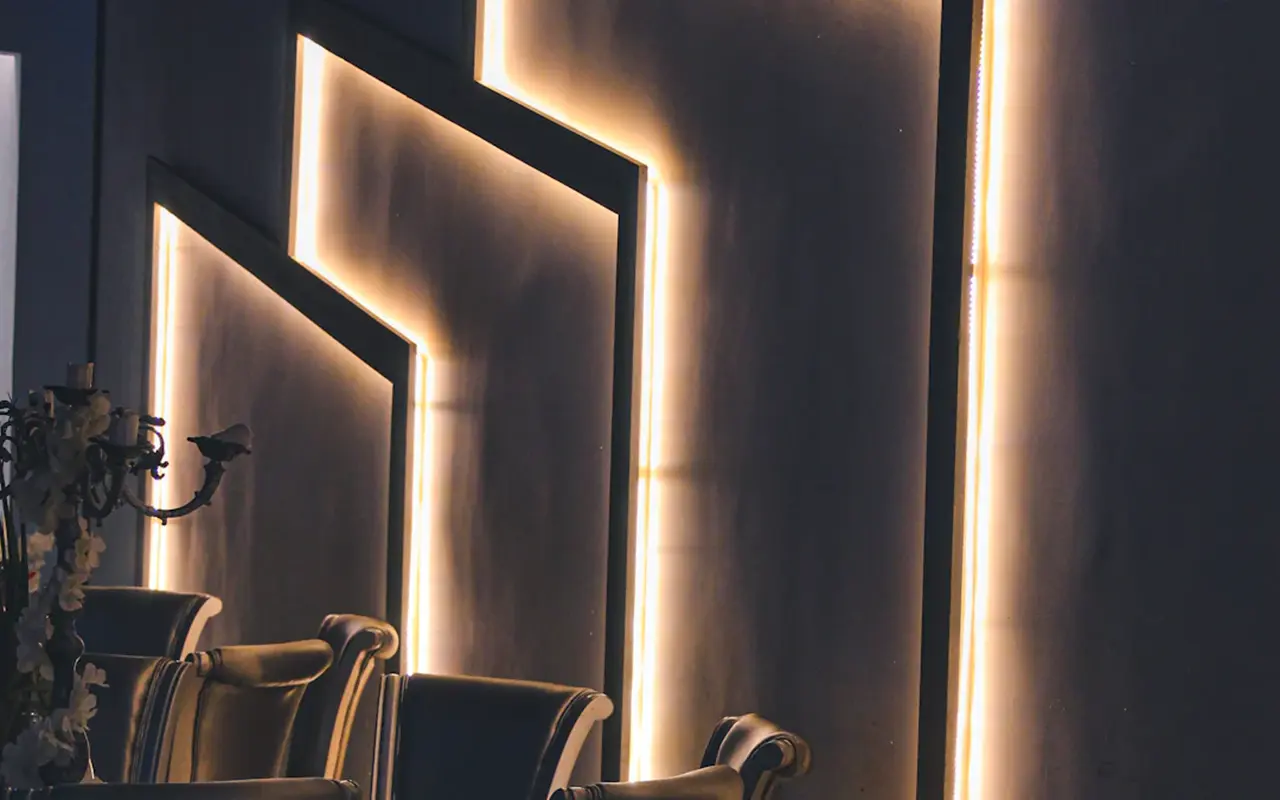
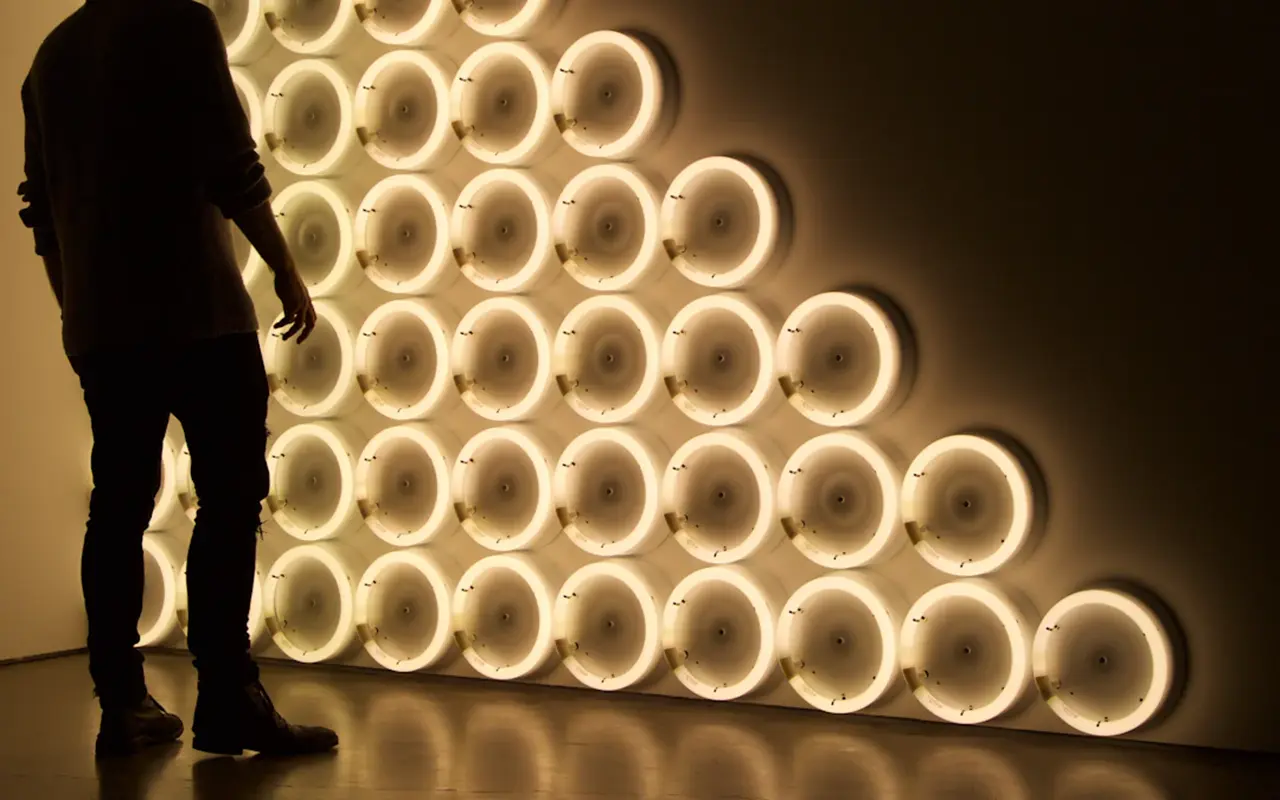
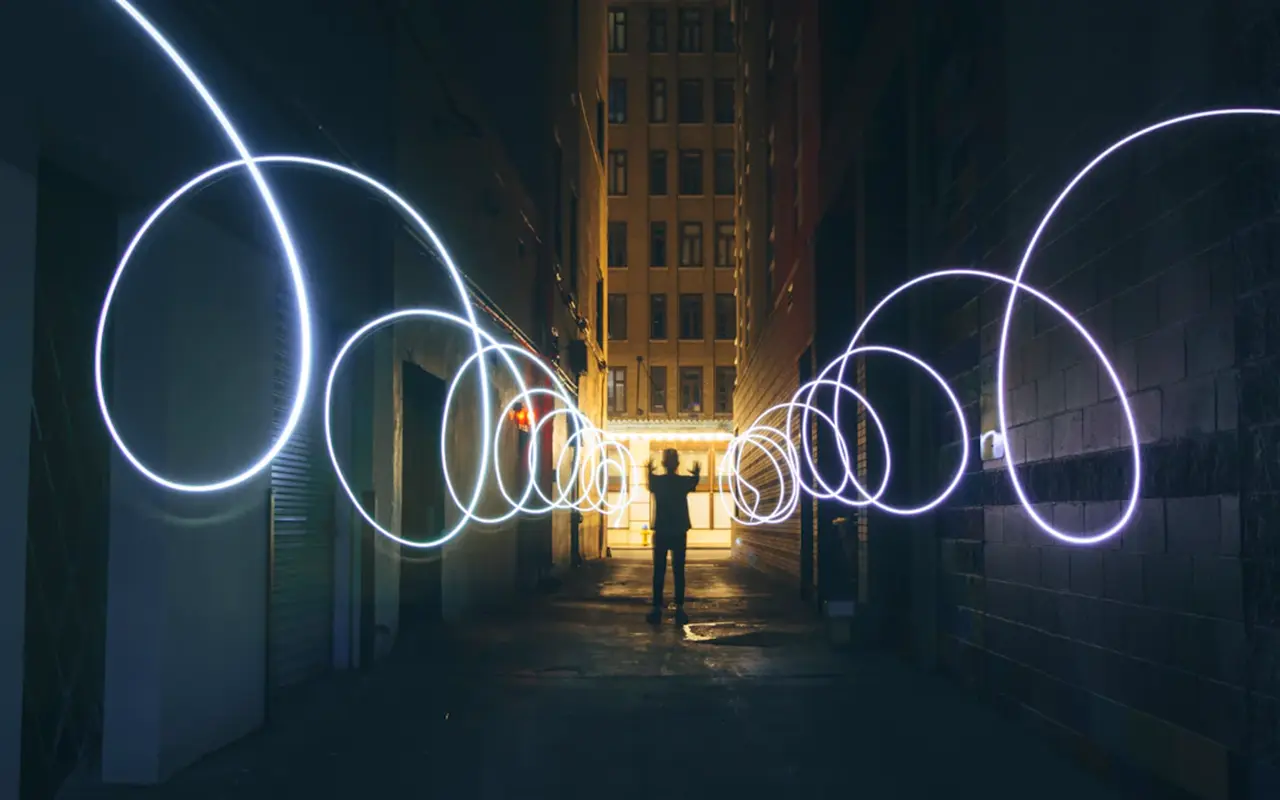
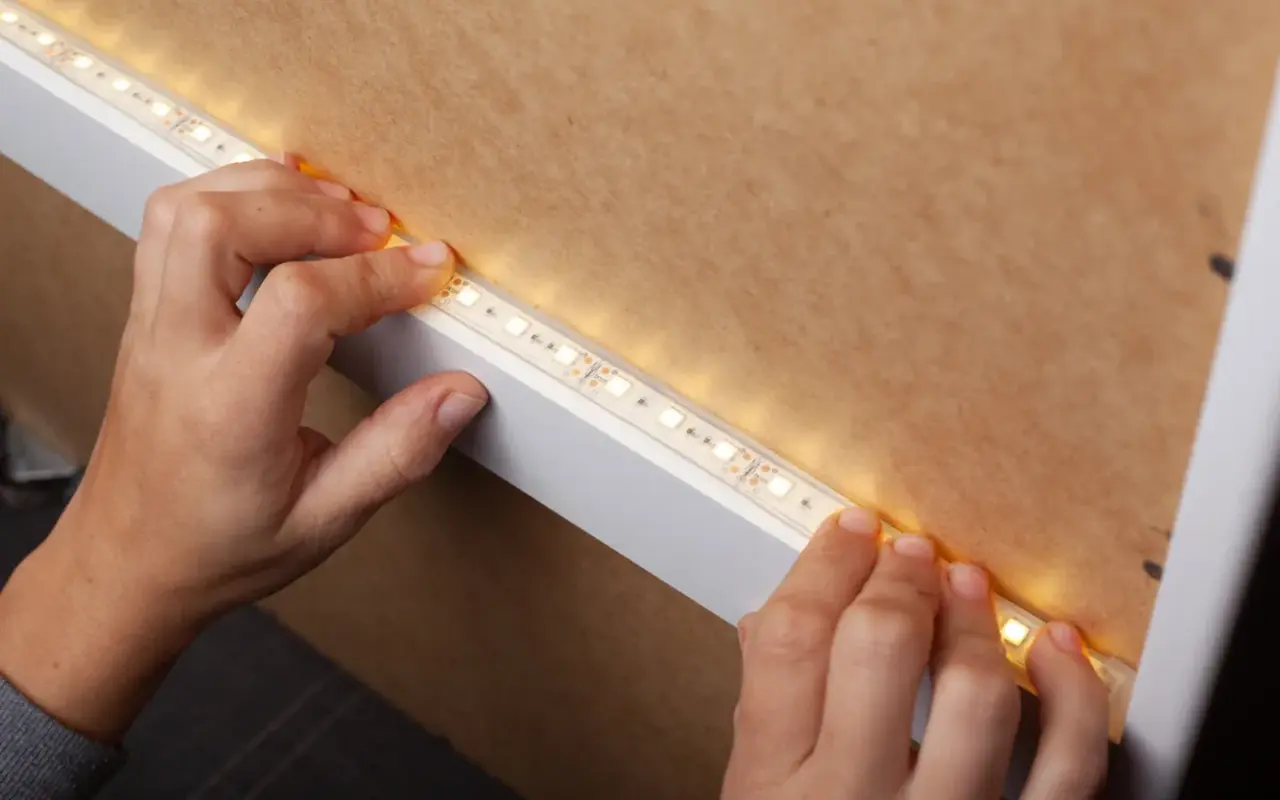

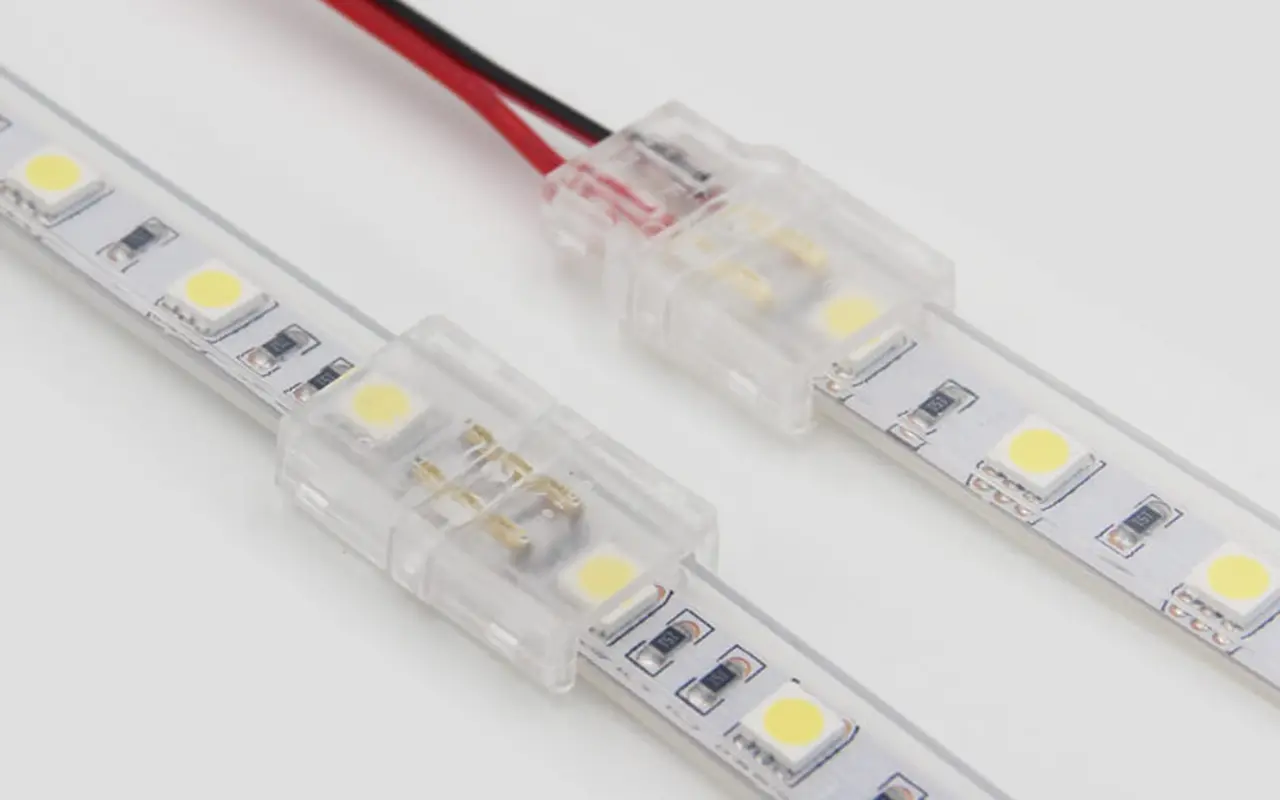
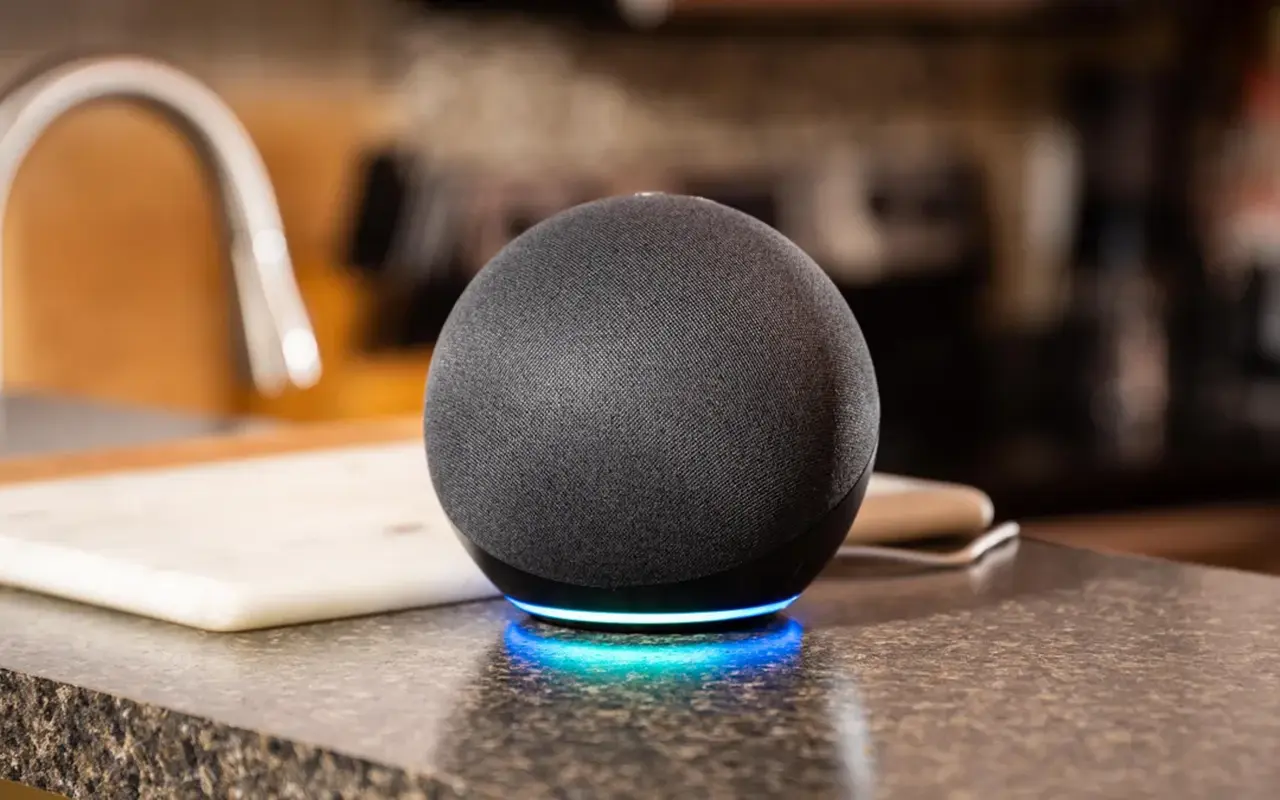
Cevapla
Tartışmaya katılmak ister misiniz?Katkıda bulunmaktan çekinmeyin!